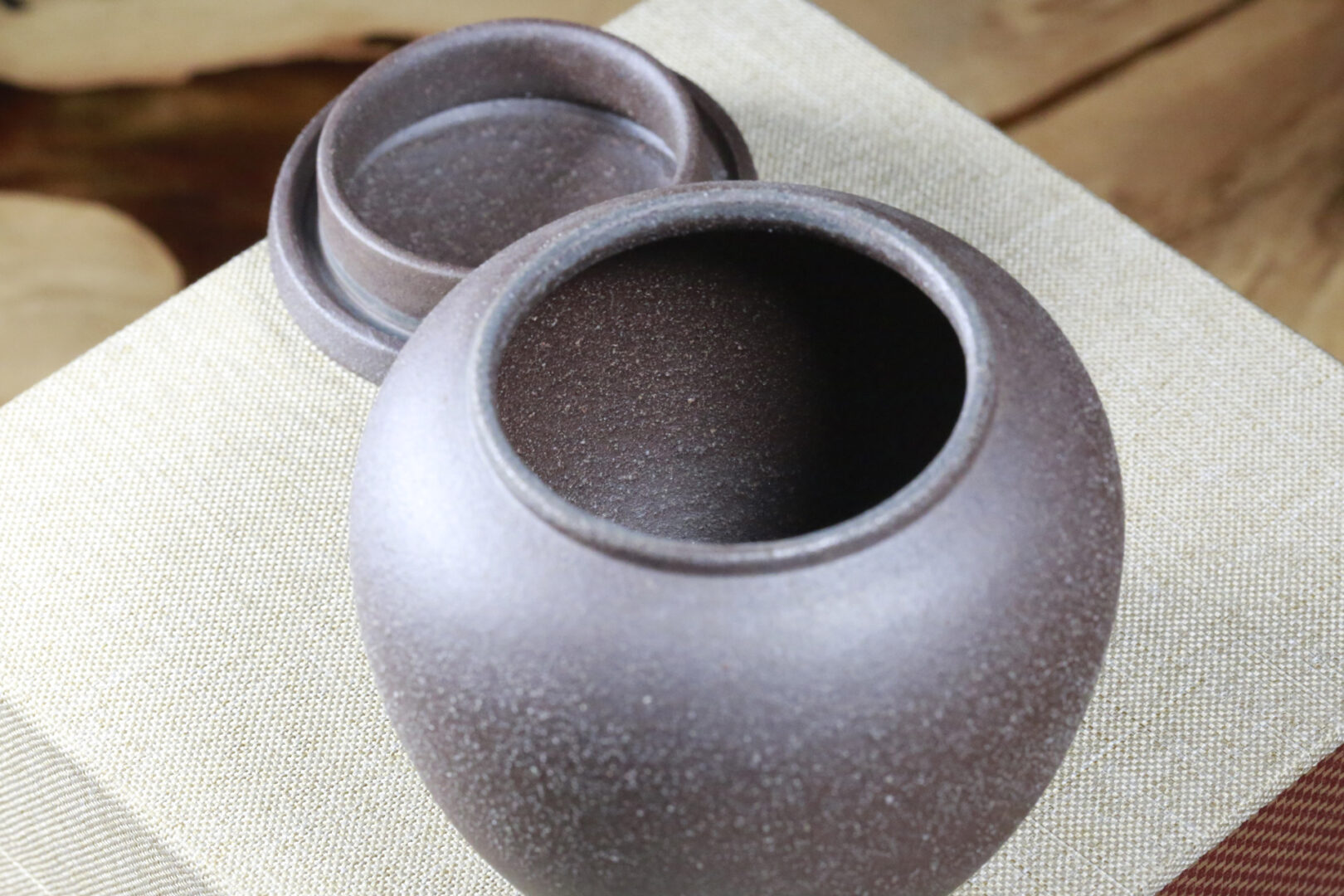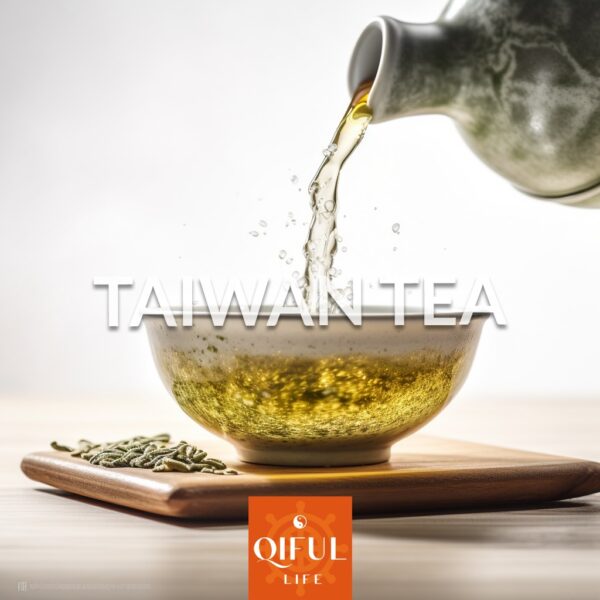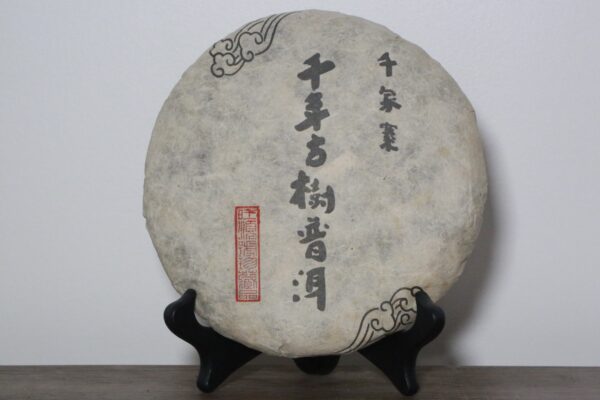
Tea Preservation Methods for Maintaining Freshness
In this article we cover various tea preservation methods for maintaining freshness for all types of teas.
Non-Fermented Tea Storage
Non-fermented teas, including green tea, yellow tea, and white tea, are the most vulnerable to deterioration due to their high content of vitamins and active nutrients. They demand meticulous storage to maintain their color and unique aroma. Sunlight, moisture, and odors are their greatest adversaries.
Best Practices for Non-Fermented Tea Storage
Half-Fermented Tea
Oolong tea, being a hybrid between non-fermented and fermented teas, offers a slightly longer shelf life than green tea. The key is to protect it from sunlight, moisture, and odors. Different variations of Oolong tea, including lightly roasted and heavily roasted, influence storage duration.
Storage Recommendations for Half-Fermented Tea
-
- Protect against sunlight, moisture, and odors.
- For short-term storage without a fridge, green tea can last a year, while Oolong tea can last two to three years.
- Choose storage methods based on the specific type of Oolong tea.
- Some Oolong teas, like Yancha from Wuyi mountain, may be intentionally aged for medical use.
- These teas can be stored in grapefruit skins for unique flavor profiles and potential health benefits.
Fully Fermented Tea Preservation
Fully fermented teas, encompassing black tea and dark tea (like Pu-erh), undergo a complete fermentation process that transforms their characteristics. Due to this transformation, they have a longer shelf life and can tolerate less stringent storage conditions compared to non-fermented and half-fermented teas.
Protect tea from direct sunlight, high temperatures, and odorous substances. These teas can often be stored without tightly sealing the containers; simply avoid high humidity. Accelerate the aging of Pu-erh tea by mixing old and new tea in a wide-mouthed pithos. This practice allows the teas to complement each other’s qualities, producing higher-quality tea.
Common Preservation Methods for Tea
- Canned Storage: Use double-sealed cans, filling them to minimize air exposure and ensuring a tight seal.
- Plastic Bag Storage: Push air out of plastic bags, seal them, and store them in the freezer.
- Thermos Bottle Storage: Place tea inside a dry thermos bottle and seal it with white wax and tape.
Tea Preservation Conclusion
- Protect tea from sunlight, moisture, and odors to keep it fresh.
- Store non-fermented teas (like green, yellow, and white) carefully, using sealed containers and freezer storage.
- Store half-fermented teas (like Oolong) based on their type, and age them for unique flavors.
- Handle fully fermented teas (like black and Puerh) to avoid high humidity and support proper aging.
- Use sealed cans, plastic bags with minimal air, and dry thermos bottles for long-term storage.






